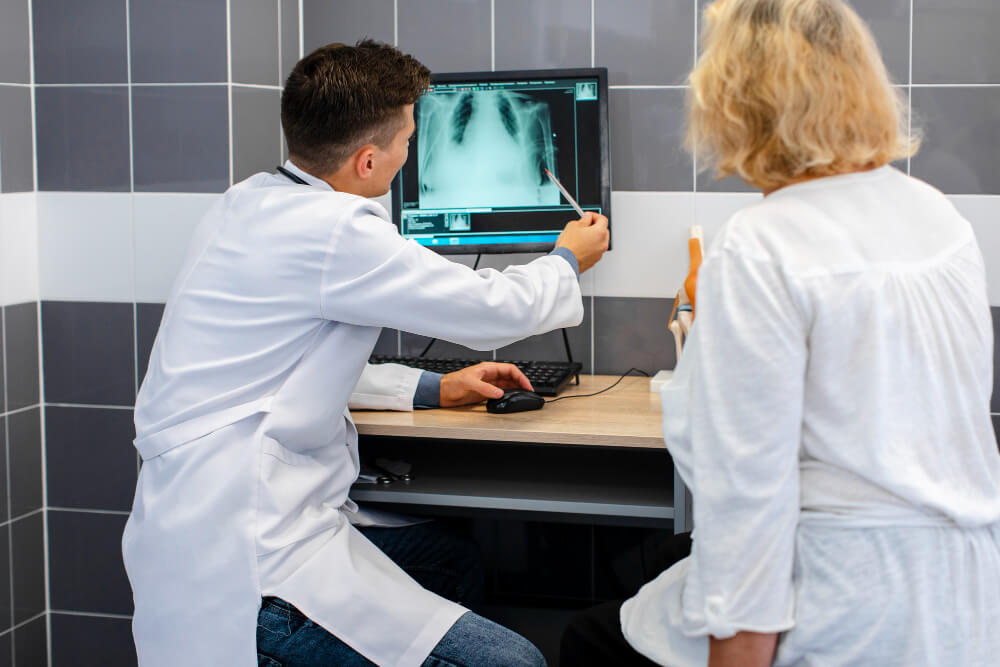Ouch! Not Today: When to Visit Urgent Care for Orthopedic Injuries
Life throws curveballs, and sometimes those curveballs land right on your ankle, knee, or shoulder. When a sudden orthopedic injury strikes, whether from a weekend warrior adventure or a mundane misstep, you might be wondering: Urgent Care or ER?
This guide delves into the world of urgent care, particularly orthopedic urgent care, to help you make an informed decision. We’ll explore the differences between urgent care and the ER, the types of orthopedic injuries treated at urgent care centers, and how to know when it’s the right choice for you.
Urgent Care vs. Emergency Room: Choosing the Right Path
Imagine it’s Saturday afternoon, and you’re playing basketball with friends. You land awkwardly and hear a pop in your ankle. Pain shoots up your leg, and you can’t bear weight on it. Should you rush to the nearest emergency room (ER) or head to urgent care?
Here’s a breakdown to help you decide:
- Severity of Injury: ERs are equipped to handle life-threatening emergencies and complex injuries. Go straight to the ER if you experience:
- Severe pain or bleeding
- Open fractures (bone protruding through skin)
- Difficulty breathing or loss of consciousness
- Head injuries with severe headaches, dizziness, or confusion
- Suspected broken neck, back, or hip
- Wait Times: ERs prioritize the most critical cases, which can lead to long wait times for non-life-threatening injuries. Urgent care centers typically see patients much faster, often within an hour or even less.
- Cost: Urgent care visits are generally less expensive than ER visits. While costs can vary based on your insurance and the services provided, urgent care can offer significant savings.
- Focus of Care: ERs are staffed for comprehensive emergency care, while urgent care centers often specialize in treating common, non-emergency conditions. Urgent care centers with orthopedic specialization can efficiently diagnose and treat a wide range of musculoskeletal injuries.
Think of Urgent Care as Your Go-to for:
- Sprains and strains
- Minor fractures (e.g., fingers, toes)
- Cuts that require stitches
- Sports injuries
- Joint pain or swelling
- Animal bites (depending on severity)
- Burns (depending on severity)
The Rise of Orthopedic Urgent Care Centers
The growing demand for faster, more convenient treatment for non-emergency orthopedic injuries has led to the rise of specialized urgent care centers. These centers boast dedicated staff with expertise in musculoskeletal conditions, including:
- Board-certified physicians: These doctors have undergone additional training in diagnosing and treating bone, muscle, joint, and tendon conditions.
- On-site X-ray facilities: Urgent care centers with orthopedic specialization typically have X-ray equipment readily available, allowing for quick diagnosis of fractures and other injuries.
- Casting and splinting services: They can provide immediate casting or splinting for fractures and sprains, minimizing pain and swelling.
- Pain management: These centers can offer medication and pain management techniques to help you feel better right away.
Benefits of Choosing Orthopedic Urgent Care:
- Faster Treatment: Say goodbye to long ER wait times. Urgent care centers generally offer shorter wait times, getting you seen and treated much quicker.
- Specialized Care: You’ll benefit from the expertise of physicians trained in diagnosing and treating orthopedic injuries.
- Convenience: Urgent care centers often have convenient locations with extended hours, allowing you to get the treatment you need on your schedule.
- Cost-Effective: Urgent care visits are typically a more affordable option compared to ER visits, especially for non-life-threatening injuries.
When Urgent Care Can Help Your Orthopedic Woes
Now that you understand the advantages of orthopedic urgent care, let’s delve into specific injuries that can be effectively treated at these centers:
- Sprains and Strains: Sprains involve ligament tears, while strains are muscle or tendon tears. Urgent care can diagnose the severity, provide pain management, and recommend appropriate immobilization with braces or supports.
- Minor Fractures: Not all fractures require an ER visit. Urgent care centers with X-ray facilities can diagnose minor fractures in fingers, toes, or less critical bones. They can then provide casting or splinting and refer you for follow-up care with an orthopedic specialist if necessary.
- Dislocations: Dislocations occur when a bone pops out of its joint. While some dislocations require ER treatment, urgent care can manage certain dislocations by manually re-positioning the bone and providing a splint or sling.
- Sports Injuries: From soccer sprains to tennis elbow, urgent care centers can effectively examine and treat common sports injuries.


